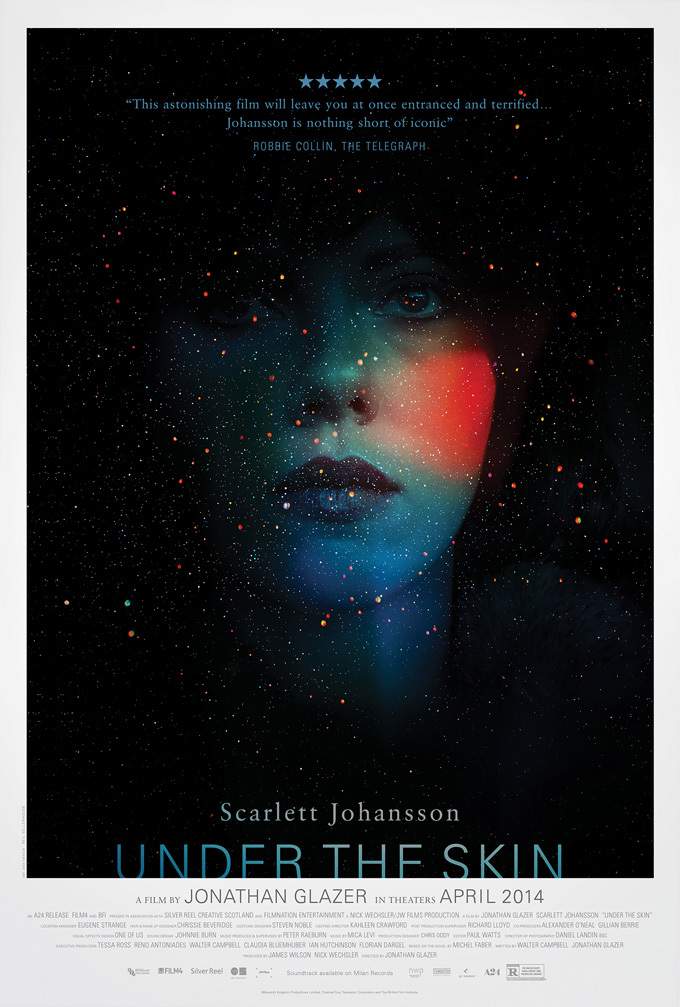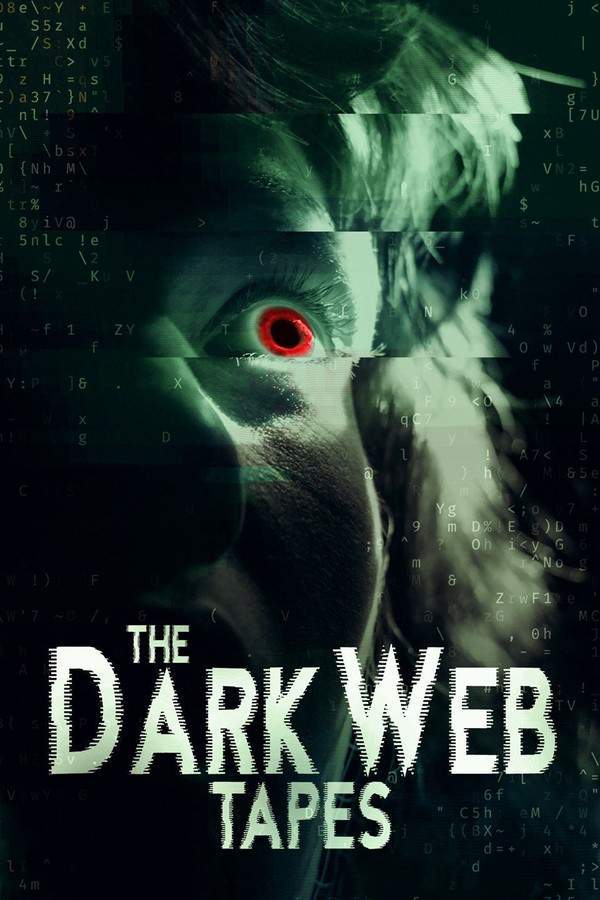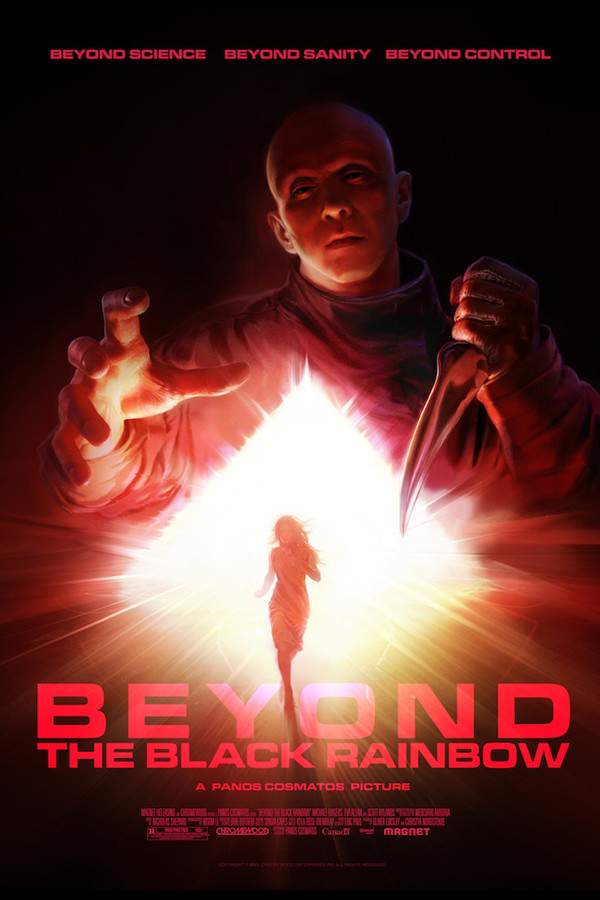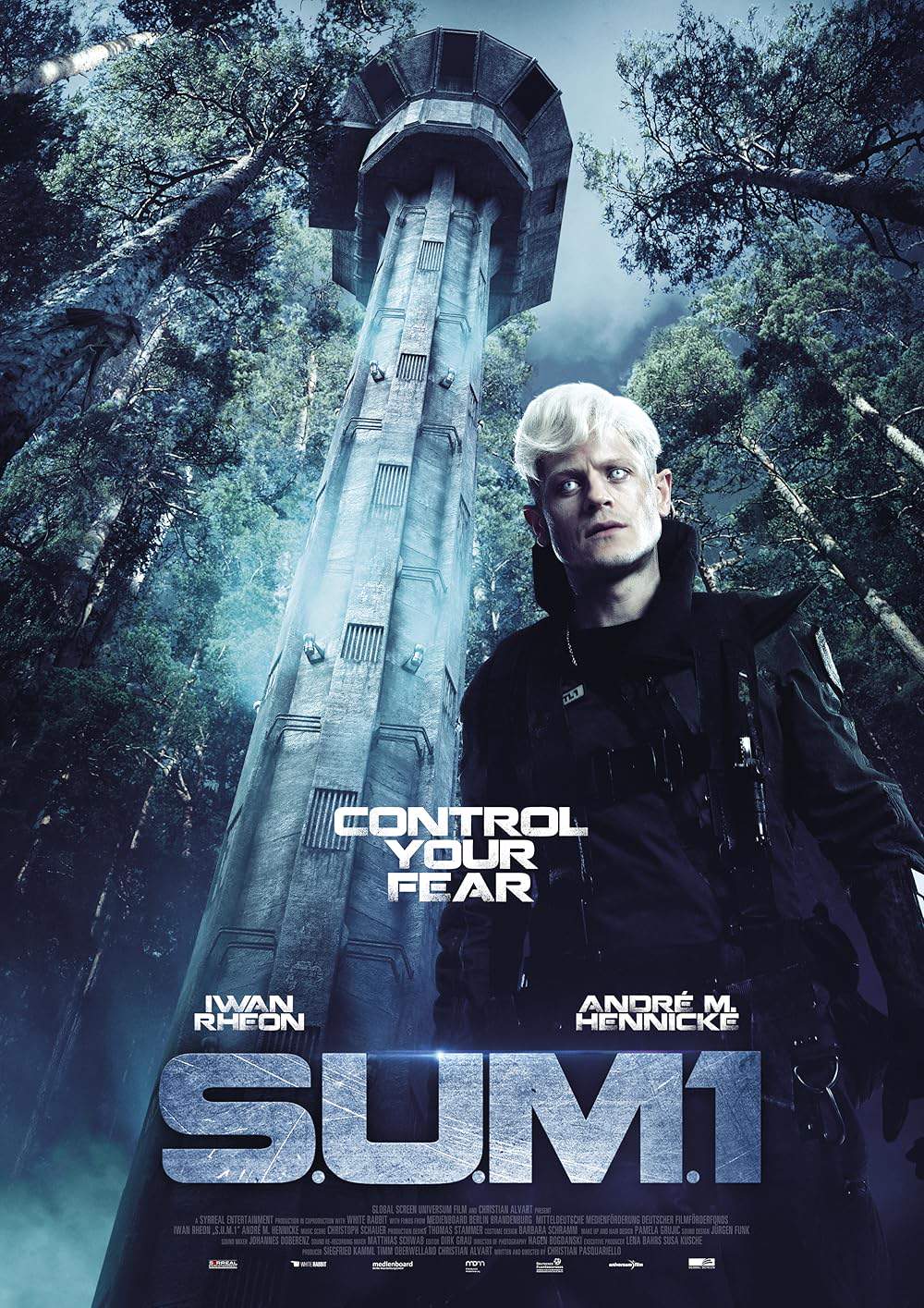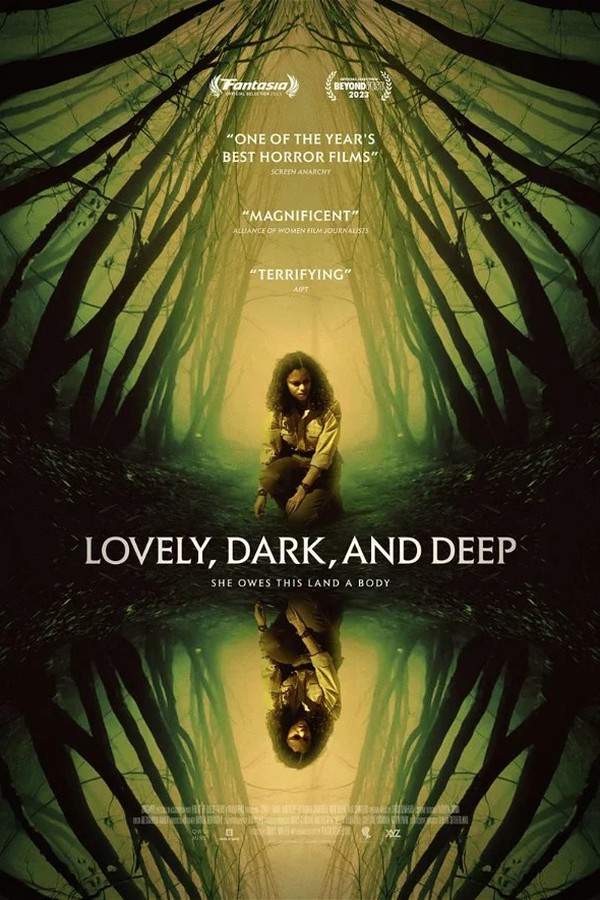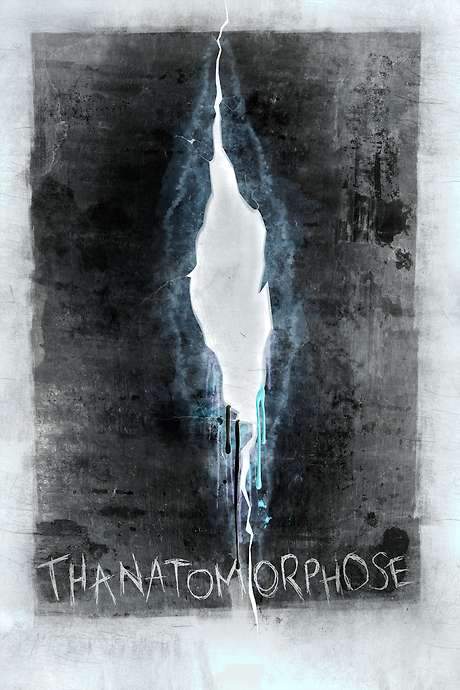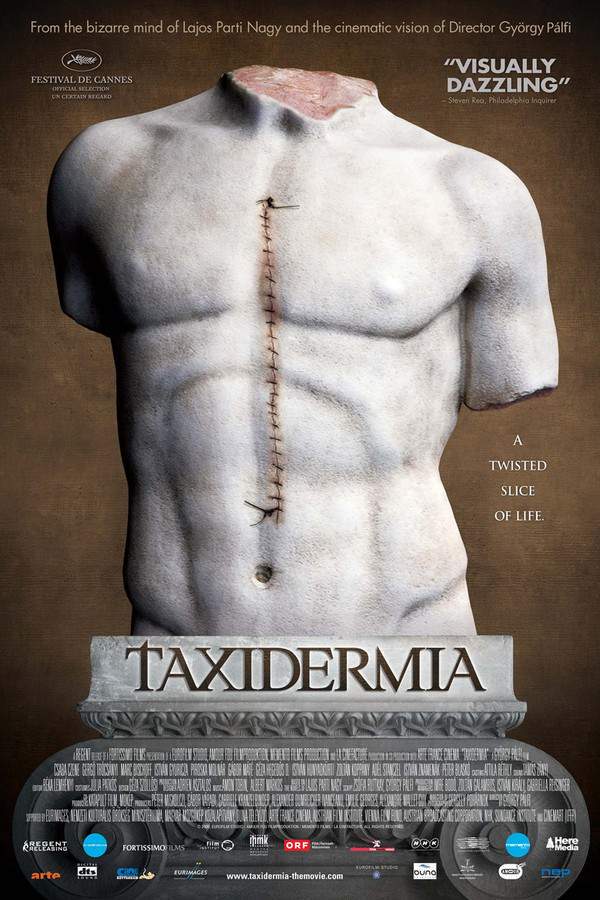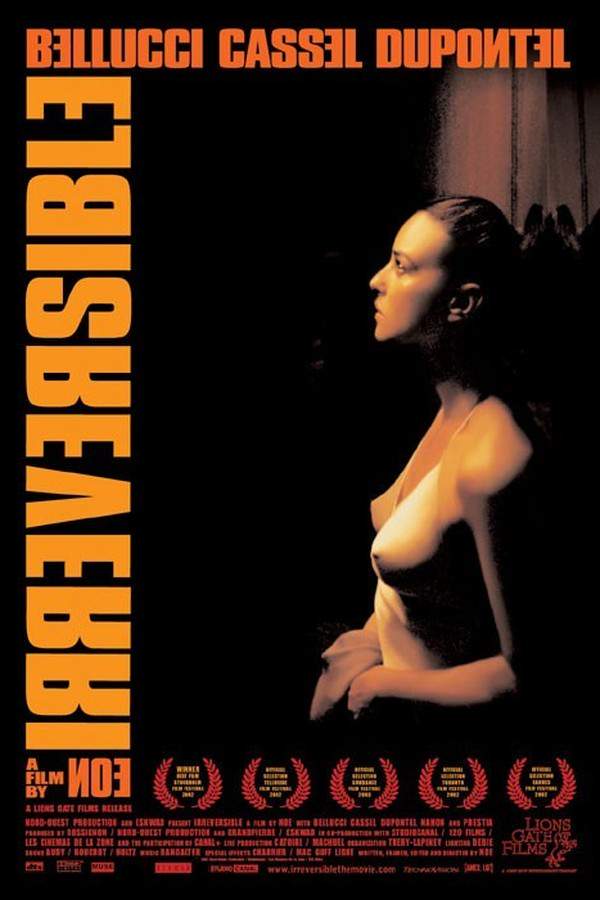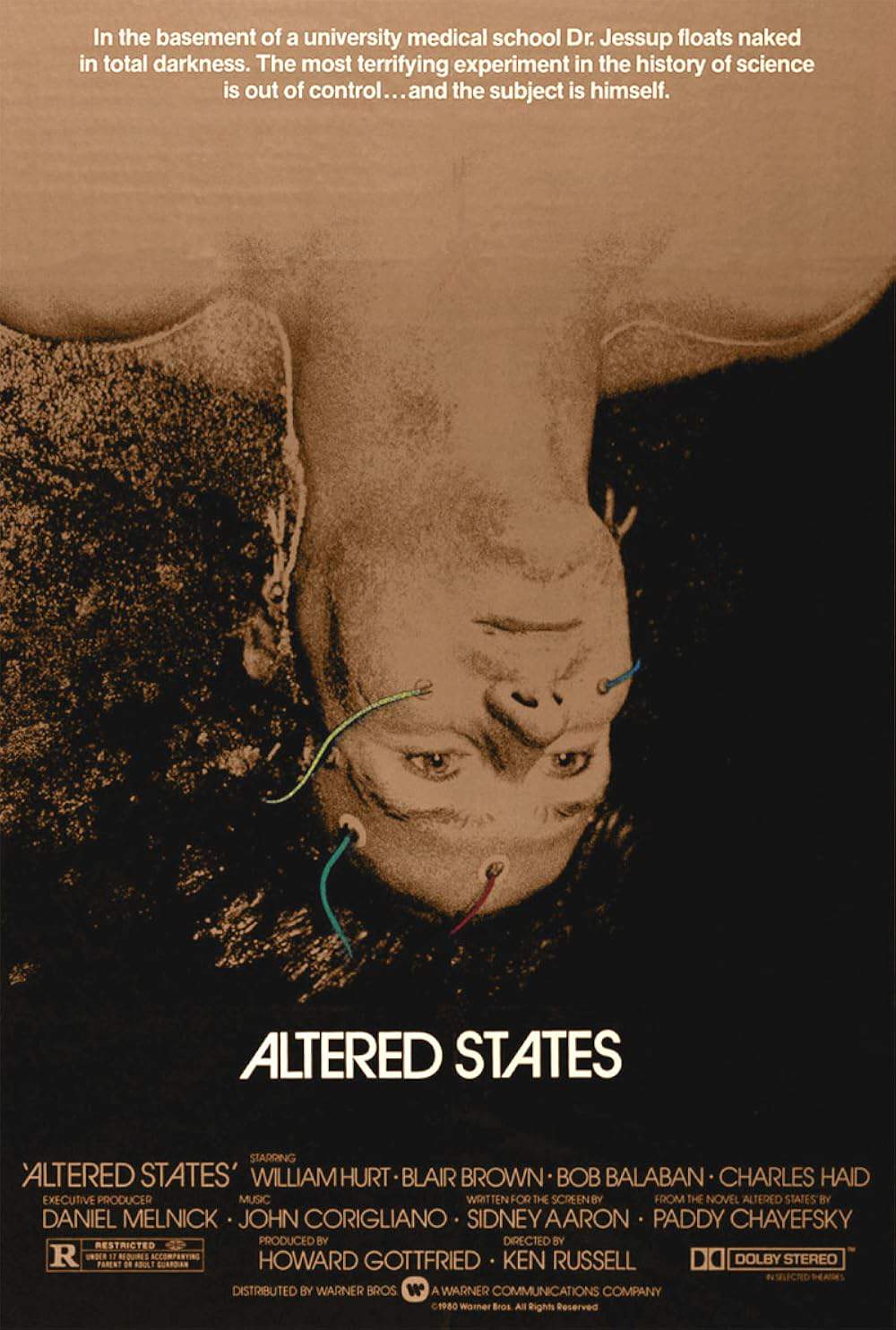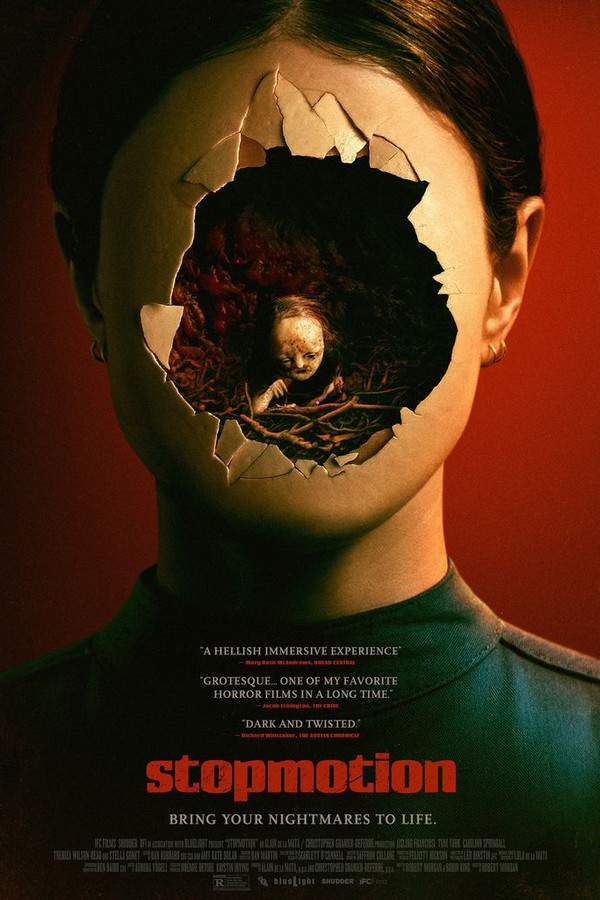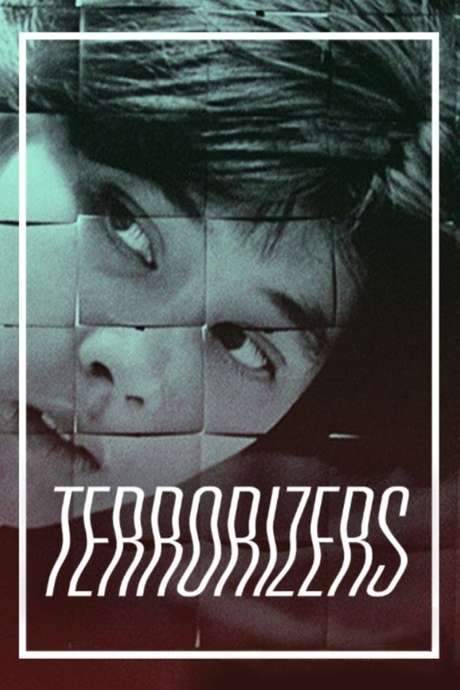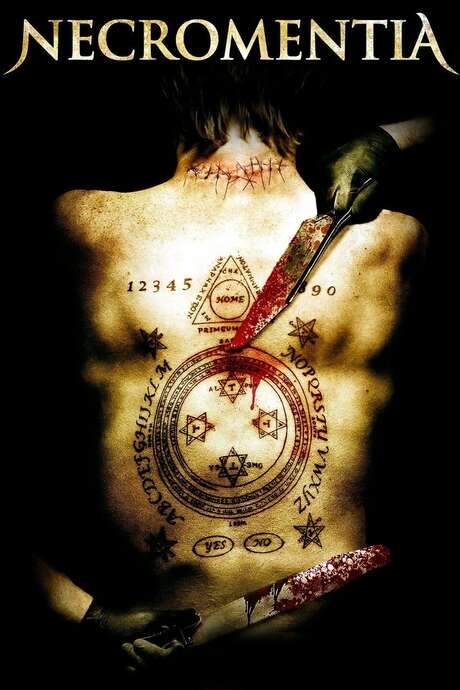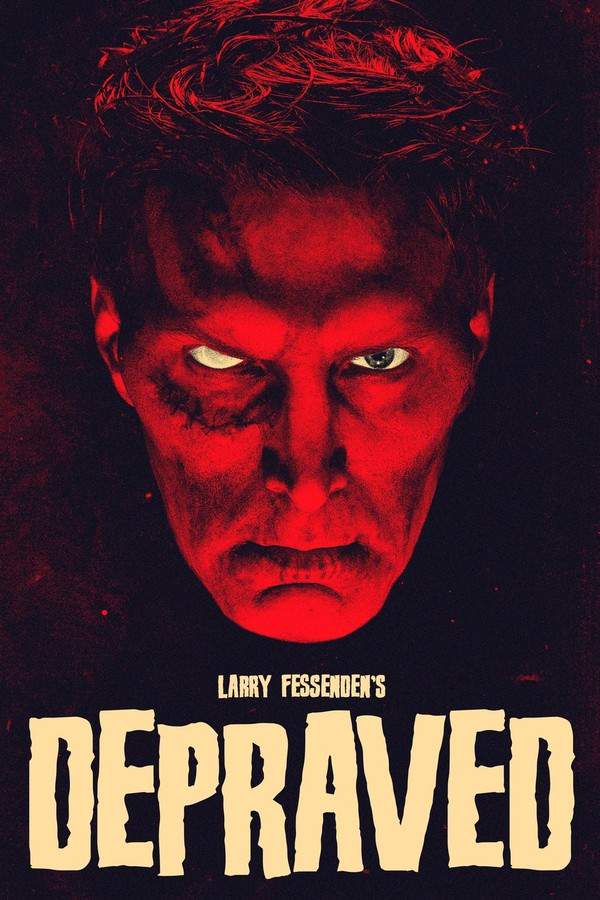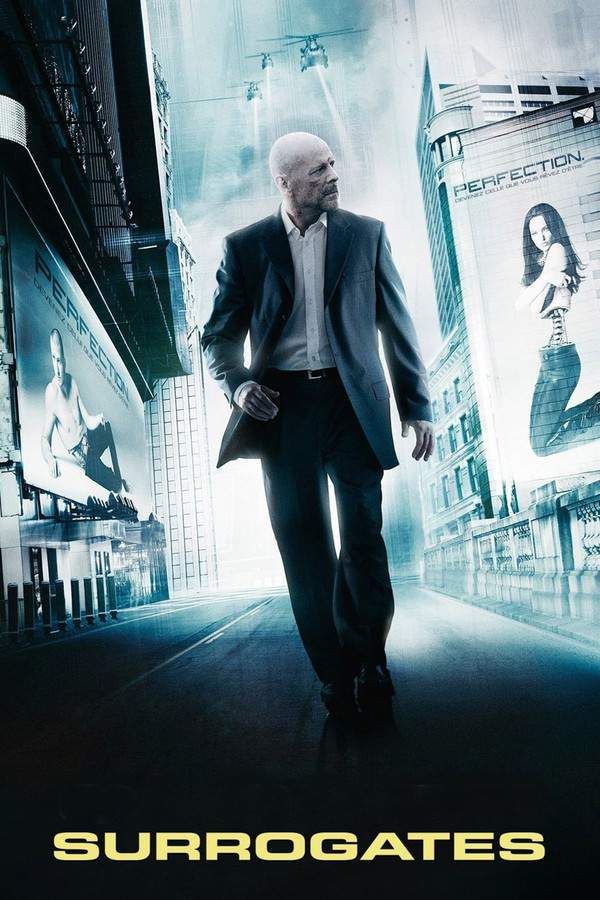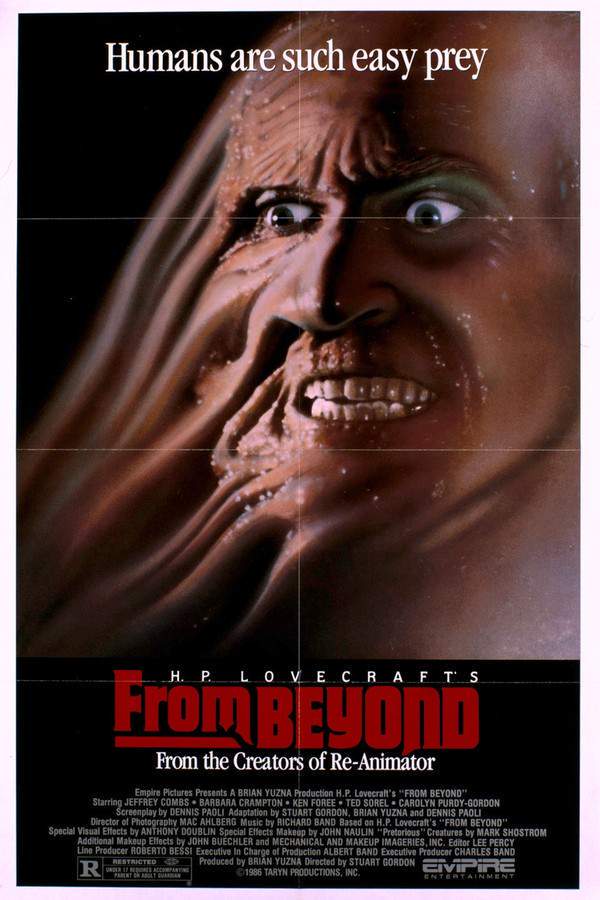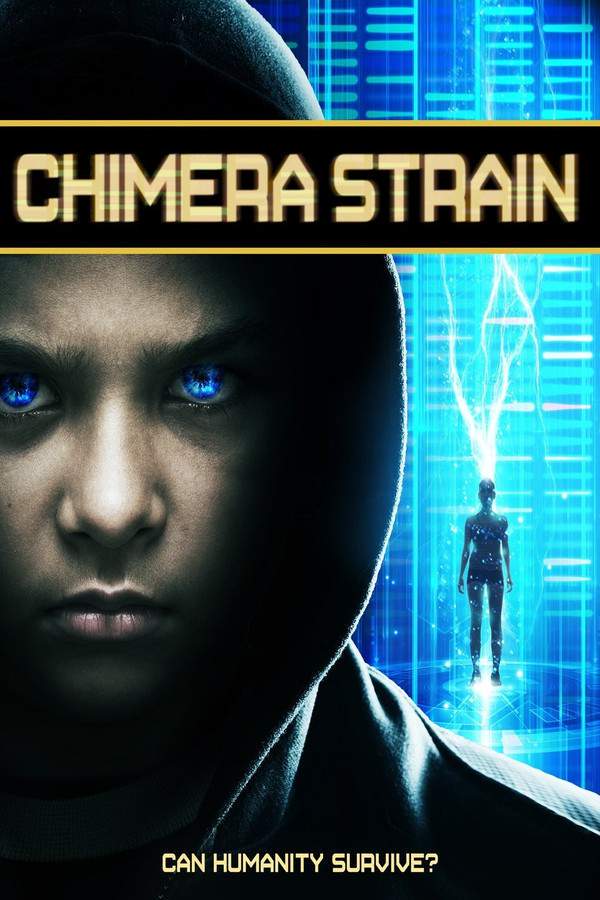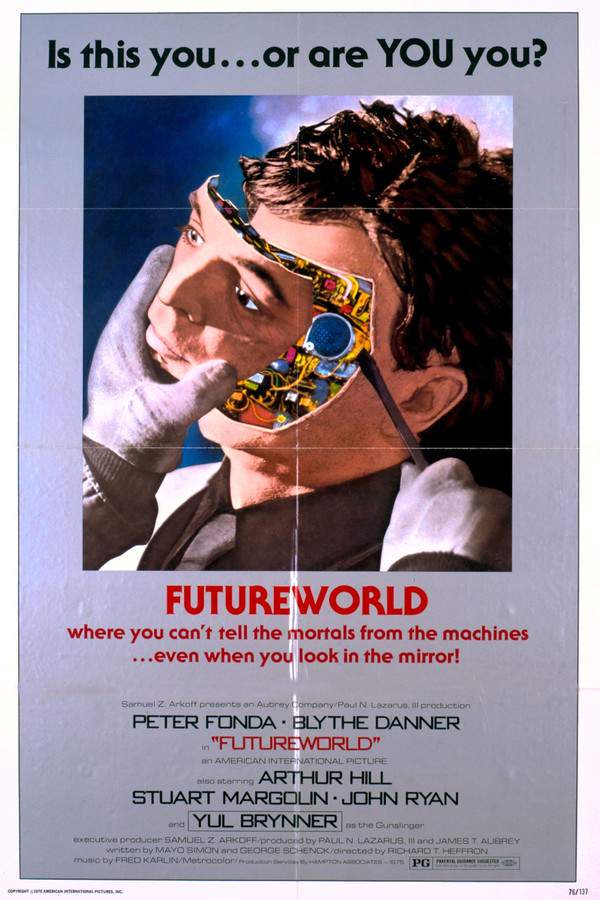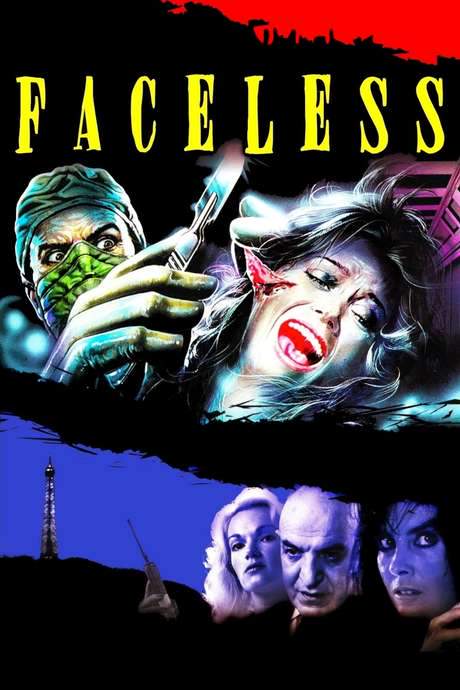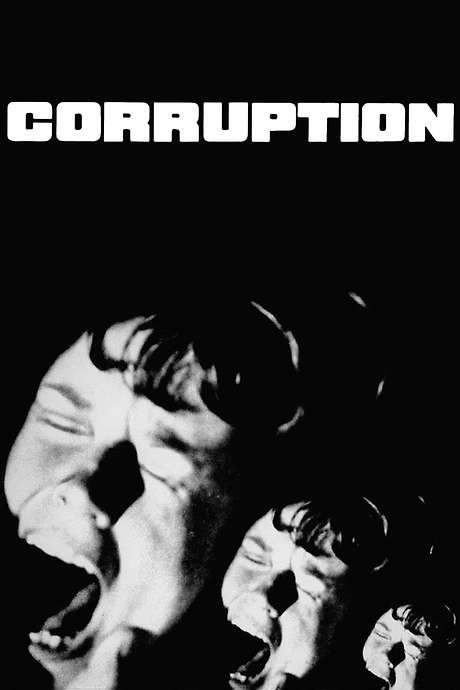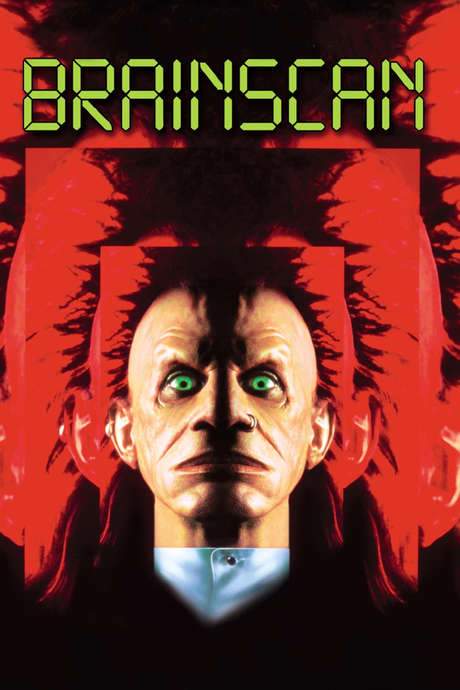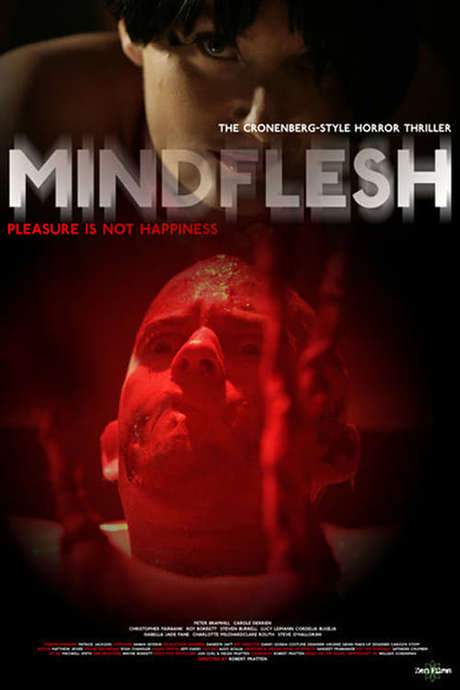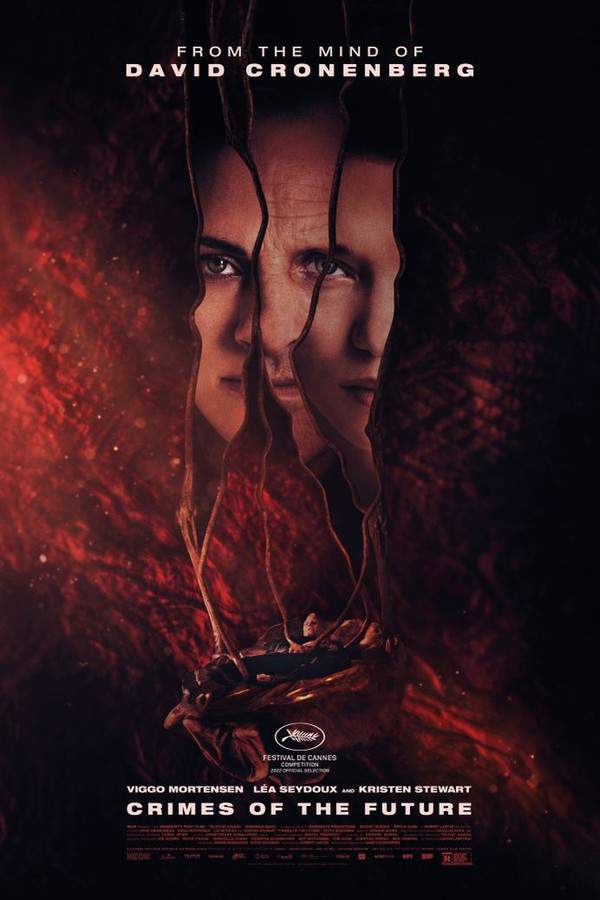
Crimes of the Future
Year: 2022
Runtime: 107 min
Language: English
Director: David Cronenberg
Echo Score: 71Budget: $35M
In a dystopian future where the human body undergoes synthetic evolution, performance artist Saul Tenser showcases unsettling transformations of his own organs alongside his partner, Caprice. As Saul’s fame grows, a detective, Timlin, begins to monitor their activities. However, a shadowy organization sees an opportunity to exploit Saul's notoriety, intending to reveal a disturbing progression in human evolution and further obscure the line between biology and technology.
Warning: spoilers below!
Haven’t seen Crimes of the Future yet? This summary contains major spoilers. Bookmark the page, watch the movie, and come back for the full breakdown. If you're ready, scroll on and relive the story!
Crimes of the Future (2022) – Ending Explained & Final Scene Breakdown
Still thinking about how Crimes of the Future (2022) ended? Here’s a full breakdown of the ending, key final moments, major twists, and the deeper meaning behind the film’s conclusion.
At the end of “Crimes of the Future,” Saul Tenser, who has been performing body mutilation art in a world devoid of pain, finally seeks a sort of liberation or truth through an extreme act. After helping to reveal the extraordinary internal organs of a young boy who naturally digests plastic, Saul discovers that these organs have been replaced or surgically altered, and that the government has been secretly monitoring and controlling such biological anomalies. The autopsy performed on the boy’s body exposes that the organs are tattooed and stored by the government, signifying their deep involvement in manipulating and hiding the truth about human evolution. When Saul witnesses the dissection, Lang, the father of the boy and leader of anti-government evolutionists, becomes overwhelmed with despair and breaks down, while his dream of seeing his son’s inside organs is shattered.
Berst and Router, the technicians who assist with the autopsy, then kill Lang, revealing that they are working to silence any threats to the government’s authority. Later, detective Cope confirms that the government knew about Brecken’s unique digestion from the start, but kept the truth hidden to maintain power. Saul, increasingly disillusioned with the oppressive system, chooses to reject all control and perform one final act of rebellion. He consumes a piece of plastic waste, a symbolic gesture that could be interpreted as embracing the unnatural evolution of humans or as a final rejection of societal constraints. His face briefly shows a look of satisfaction, yet his eyes widen as if he might be dying, leaving his fate ambiguous.
Overall, the ending underscores themes of control, concealment, and the brutal realities behind technological and societal progress. Saul’s acceptance of the plastic symbolizes both his surrender to the evolved body he has become and his defiant stance against a system that manipulates and suppresses truth. The film’s conclusion leaves viewers questioning whether Saul survives or perishes, emphasizing the personal and political rebellion against oppression and the natural order. The murders of the doctors and Lang hint at a broader conspiracy, with LifeFormWare potentially collaborating with the government to eliminate opposition, highlighting a world where curiosity and pain are exploited for power. Ultimately, the film ends on a note of ambiguous defiance, inviting viewers to reflect on the boundaries of human evolution, pain, and societal control.
Last Updated: June 25, 2025 at 08:58
Explore Movie Threads
Discover curated groups of movies connected by mood, themes, and story style. Browse collections built around emotion, atmosphere, and narrative focus to easily find films that match what you feel like watching right now.
Bleak Transhumanist Futures like Crimes of the Future
Stories exploring the dark and painful consequences of technological evolution.Explore more movies like Crimes of the Future that delve into dystopian futures shaped by transhumanism. These similar sci-fi stories feature body horror and philosophical themes, presenting heavy, dark tales about the merging of technology and humanity.
Narrative Summary
Narratives involve characters grappling with radical bodily or societal changes, often framed as a disturbing new normal. The central conflict arises from the clash between an evolving reality and the remnants of human nature, leading to explorations of grief, loss, and the search for meaning in a synthetic world.
Why These Movies?
These films are grouped by their shared focus on the dark side of transhumanism, using dystopian settings to explore heavy themes of identity, loss, and the clinical, painful intersection of the organic and the artificial.
Movies about Transgressive Art like Crimes of the Future
Stories where avant-garde art blurs the line between creation and suffering.If you liked the performance art themes in Crimes of the Future, discover more movies featuring transgressive art. These similar dramas and thrillers explore artists who use pain, their bodies, or shocking acts to create, often within a dark and complex narrative.
Narrative Summary
The plot follows an artist or performer whose controversial work attracts scrutiny, admiration, and danger. Their artistic journey is intertwined with personal trauma, leading to a narrative that questions the nature of art, pain, and the limits of the human body or spirit.
Why These Movies?
These films share a focus on the process and impact of extreme, boundary-pushing art. They are united by a dark, complex tone, a slow build of unease, and a deep exploration of the connection between creativity and suffering.
Unlock the Full Story of Crimes of the Future
Don't stop at just watching — explore Crimes of the Future in full detail. From the complete plot summary and scene-by-scene timeline to character breakdowns, thematic analysis, and a deep dive into the ending — every page helps you truly understand what Crimes of the Future is all about. Plus, discover what's next after the movie.
Crimes of the Future Summary
Read a complete plot summary of Crimes of the Future, including all key story points, character arcs, and turning points. This in-depth recap is ideal for understanding the narrative structure or reviewing what happened in the movie.

Crimes of the Future Timeline
Track the full timeline of Crimes of the Future with every major event arranged chronologically. Perfect for decoding non-linear storytelling, flashbacks, or parallel narratives with a clear scene-by-scene breakdown.

Characters, Settings & Themes in Crimes of the Future
Discover the characters, locations, and core themes that shape Crimes of the Future. Get insights into symbolic elements, setting significance, and deeper narrative meaning — ideal for thematic analysis and movie breakdowns.

Crimes of the Future Spoiler-Free Summary
Get a quick, spoiler-free overview of Crimes of the Future that covers the main plot points and key details without revealing any major twists or spoilers. Perfect for those who want to know what to expect before diving in.

More About Crimes of the Future
Visit What's After the Movie to explore more about Crimes of the Future: box office results, cast and crew info, production details, post-credit scenes, and external links — all in one place for movie fans and researchers.

Similar Movies to Crimes of the Future
Discover movies like Crimes of the Future that share similar genres, themes, and storytelling elements. Whether you’re drawn to the atmosphere, character arcs, or plot structure, these curated recommendations will help you explore more films you’ll love.
Explore More About Movie Crimes of the Future
Crimes of the Future (2022) Plot Summary & Movie Recap
Crimes of the Future (2022) Scene-by-Scene Movie Timeline
Crimes of the Future (2022) Movie Characters, Themes & Settings
Crimes of the Future (2022) Spoiler-Free Summary & Key Flow
Movies Like Crimes of the Future – Similar Titles You’ll Enjoy
Depraved (2019) Full Summary & Key Details
Surrogates (2009) Film Overview & Timeline
From Beyond (1986) Movie Recap & Themes
Chimera Strain (2019) Detailed Story Recap
Futureworld (1976) Complete Plot Breakdown
Body Parts (1991) Detailed Story Recap
Faceless (1988) Full Summary & Key Details
Primal Scream (1988) Detailed Story Recap
Scared to Death (1980) Full Movie Breakdown
Crimes of the Future (1970) Movie Recap & Themes
Parts: The Clonus Horror (1979) Plot Summary & Ending Explained
Future Shock (1994) Film Overview & Timeline
Corruption (1968) Detailed Story Recap
Brainscan (1994) Full Movie Breakdown
Mindflesh (2008) Spoiler-Packed Plot Recap


